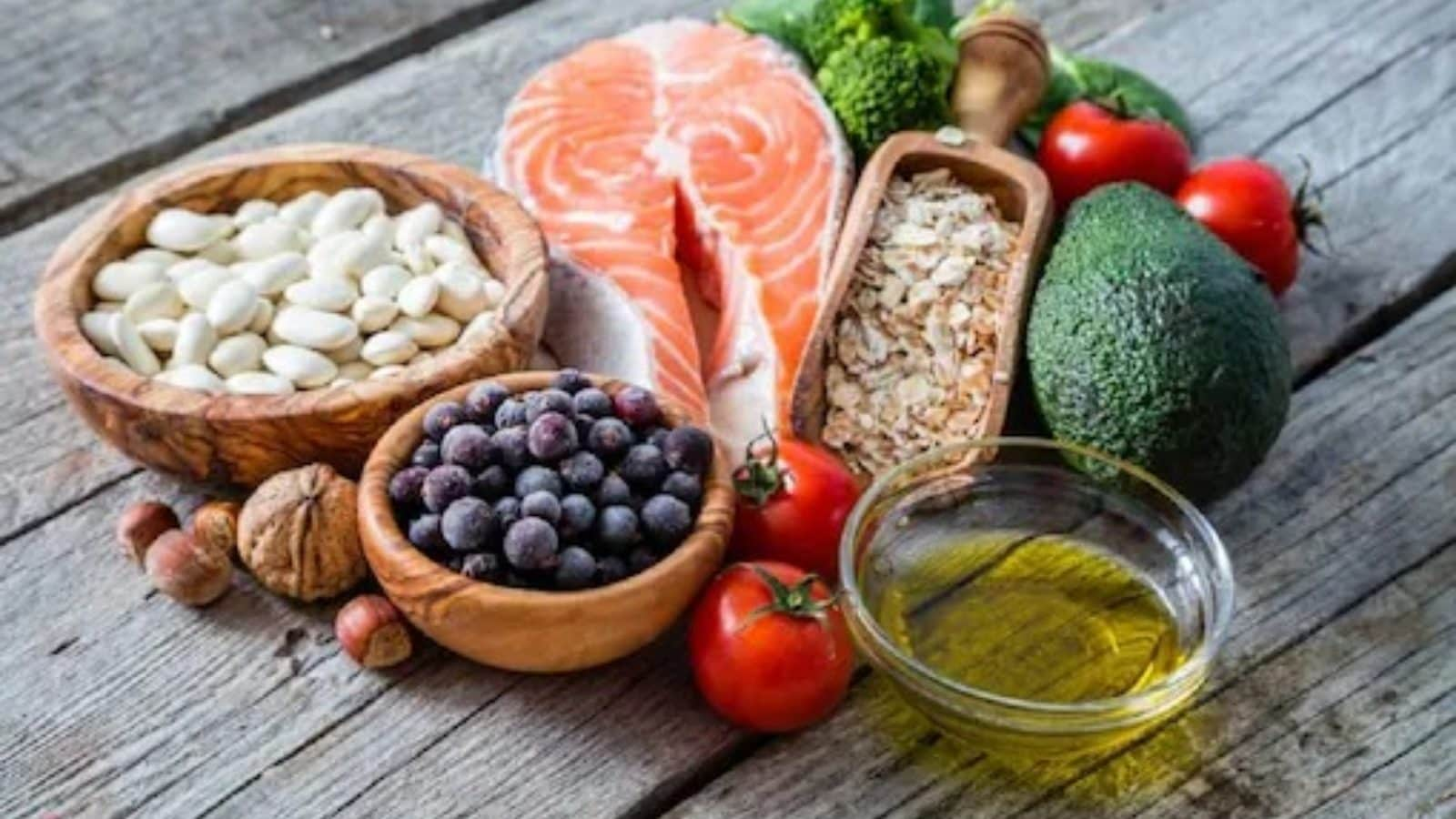Milk is made of two proteins, casein, and whey. Whey protein can be separated from the casein in milk or formed as a by-product of cheese making. Whey protein is considered a total protein because it contains all nine essential amino acids. Whey could be a protein supplement determined from dairy that includes all nine essential amino acids. Whey protein benefits include building muscle mass or losing weight. While whey is considered secure, it can cause skin breakdown, bloating, and unintentional weight picks up. Actually, whey protein is not suitable based on taste. So, it is flavored with famous Chocolate, vanilla, and strawberry powder.
There are many benefits associated with the consumption of whey protein, and researchers are constantly finding new possible therapeutic properties. Here, we explain it.
Gain Muscle With Whey Protein
Whey protein is the foremost prevalent protein supplement on the market because it could be a complete protein source, says Kelly Jones, RD, a dietitian and board-certified master in sports dietetics. Complete proteins contain all nine essential amino acids your body ought to work regularly. There are around 20 amino acids, but these nine can’t be delivered by the body itself, meaning you’ve got to urge them through your diet. Whey protein will help you increase your muscle mass. However, you can take the mass gainers supplement to get the best result.
In expansion to being a total protein, whey is additionally wealthy in leucine. Leucine is an amino corrosive known to assist in constructing and repair muscles, which is why numerous competitors tend to want whey protein supplements over other protein powders. While you’ll find leucine in a few plant-based protein supplements, these supplements are less likely to be total protein sources. Here may be a wholesome breakdown of your everyday esteem (DV) of calories, protein, fat, and carbs in one serving – 30 grams – of whey protein.
| Calories | Protein | Fat | Carbohydrates |
| 120 | 22 grams — 43% DV | 2 grams — 3% DV | 4 grams — 1% DV |
Whey protein types differ in how much they’re processed and protein concentration. According to Jones, there are three types of whey protein:
- Whey protein isolate: This type is at least 90% protein. It is the most processed as most or all of the carbohydrates and fats are removed.
- Whey protein concentrate: This type contains 70% to 80% protein. It is the least processed and includes some carbs and fat. It’s also usually the cheapest form of whey protein.
- Whey protein hydrolysate: This type contains 80% to 90% protein. It is the fastest and most straightforward type of whey to digest.
All types of whey contain small amounts of lactose, but whey protein concentrate contains the highest concentration.
Whey is a convenient and compelling supplement choice for those who need an extra boost in meeting their daily protein needs. Here are some of the benefits of adding whey protein to your diet:
- Whey protein can help you lose weight: A research done in 2008 found that compared weight loss between a control group and a group that added whey protein to their diet. Both groups reduced their caloric intake by 500 calories. Those who consumed whey protein lost significantly more fat and retained more lean muscle mass than those who did not.
- Whey protein can help you gain weight: Adding whey protein into your diet is an easy way to increase your overall calorie intake, assisting with weight gain. To gain weight healthily, aim to increase your calories by about 500 — or four servings of whey protein — per week and add resistance training to your exercise routine.
- Whey protein can help you build muscle: Adding whey protein to your diet, in combination with regular exercise and meeting your daily protein needs, has been shown to improve muscle building and muscle preservation.

Write Reviews
Leave a Comment
No Comments & Reviews